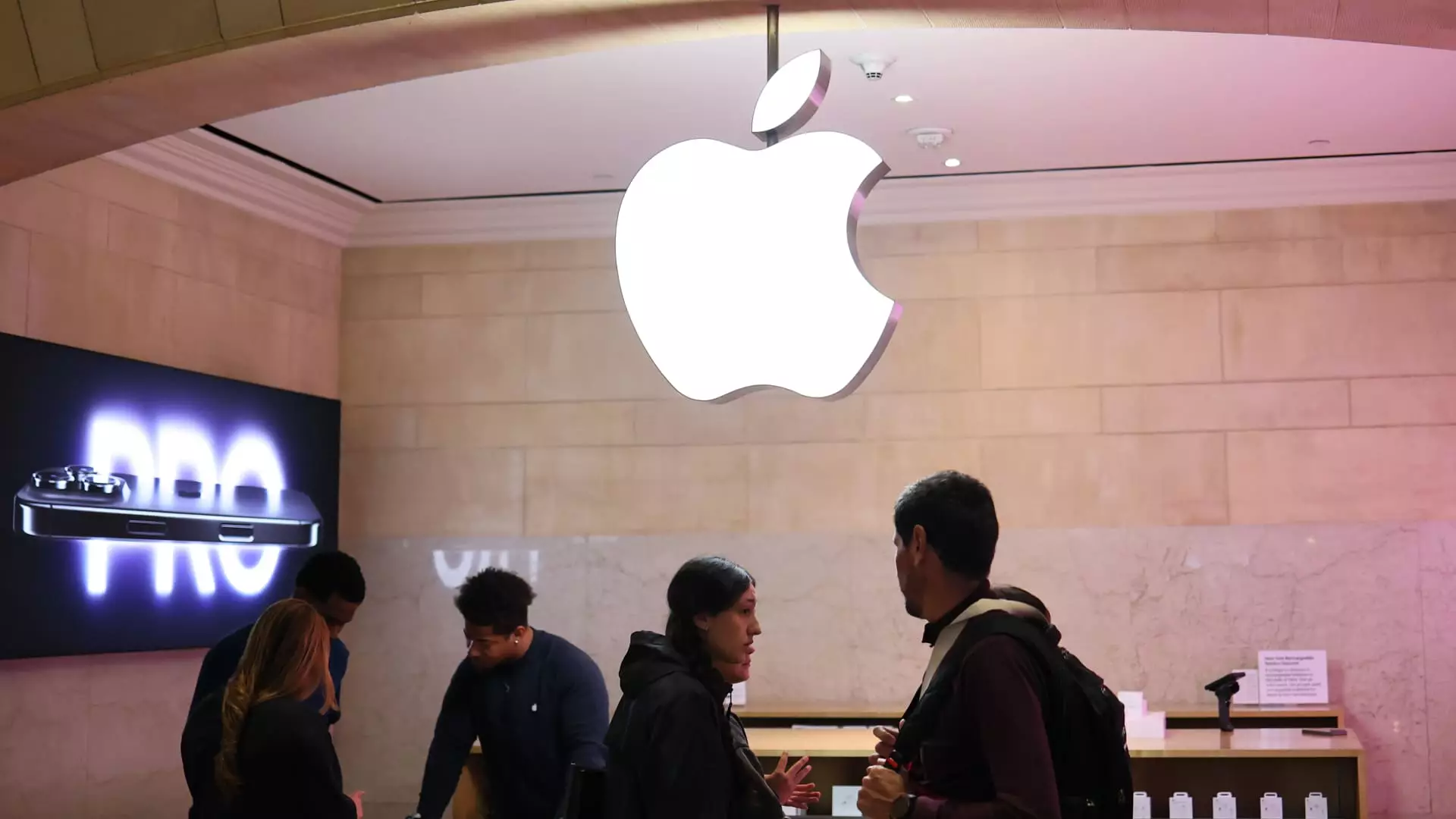The ongoing trade war initiated by the Trump administration has created a tumultuous environment for American technology companies, with Apple Inc. bearing the brunt of these policies. Analyst Dan Ives from Wedbush Securities has sounded alarm bells, indicating that Apple could face significant challenges due to its reliance on Chinese manufacturing. His stark warning about a “tariff economic Armageddon” paints a picture of impending doom for a company that has become synonymous with innovation and quality. While his long-term outlook on Apple remains bullish, the drastic reduction in his 12-month price target from $325 to $250 represents a sobering adjustment in expectations that underscores the precarious position of the tech giant.
The Supply Chain Quagmire
Apple’s supply chain is intricately woven into the fabric of its production capabilities, with a staggering 90% of its iPhones manufactured in China. This dependency spells trouble in light of the punitive tariffs implemented by the Trump presidency. Ives cites that not only iPhones but also a majority of Apple’s other product lines, including Macs and iPads, are produced in China. The implications of this reality are twofold: not only do tariffs threaten to inflate prices, they also risk destabilizing the efficiencies that have allowed Apple to maintain its fierce competitive edge. Transitioning manufacturing to the United States, as Apple has hinted at with a $500 billion investment pledge, is fraught with challenges. The logistical nightmare of relocating even 10% of its supply chain could take years and cost billions, substantially disrupting operations and delaying product releases.
Consumer Pricing Impact
The fact remains that increased tariffs are likely to lead to higher retail prices. As Ives aptly points out, a price leap on products like the iPhone would be astronomical. For everyday consumers, the allure of owning one of the best-crafted devices could become overshadowed by steep price tags as manufacturers grapple with a disrupted supply chain. It’s a bitter pill to swallow: the notion that a $1,000 iPhone could be out of reach for many consumers due to external economic pressures could reshape consumer behavior in unprecedented ways. The specter of deteriorating margins and inflated prices casts a long shadow over the consumer tech landscape, raising crucial questions about the long-term viability of quality-driven pricing strategies.
The Investor’s Perspective
It is fascinating to see that, despite these grave challenges, analysts are still largely positive on Apple. With 32 out of 47 experts rating it as either a buy or a strong buy, there is a palpable divide in sentiment. Those who continue to support Apple cite its historical resilience and brand loyalty. Yet, it is essential to question whether optimism around Apple’s stock price amid tariff turmoil is warranted or merely wishful thinking. As uncertainty reigns regarding tariffs, the reluctance of tech companies, including Apple, to provide forward guidance only amplifies concerns about future revenue generation. A projected 32% upside may feel comfortable, but the underlying risk factors need to be assessed comprehensively.
A Decade of Regression?
Ives doesn’t mince words when he suggests that the current tariff dynamics could set the U.S. tech industry back a decade. For a company that thrives on being the trailblazer in innovation, the cascading effects of escalating tariffs could not only reshape its cost structure but also stifle technological advancement and consumer demand. Tariffs are not merely financial impositions; they are barriers to progress that can drastically invert the foundational principles of supply chain management. As we navigate through these turbulent waters, one must ponder: how much longer can companies like Apple ride the wave of consumer demand while wrestling with external economic constraints that threaten their legacy?
The challenges ahead for Apple are daunting; navigating through the complexities of global trade and consumer expectations will be an uphill battle. As tariffs continue to reshape the economic landscape, the question looms large: can Apple maintain its innovative edge, or will the specter of tariffs redefine its story?

